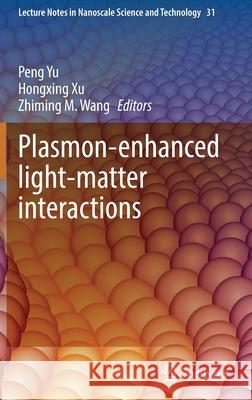Plasmon-Enhanced Light-Matter Interactions » książka
topmenu
Plasmon-Enhanced Light-Matter Interactions
ISBN-13: 9783030875435 / Angielski / Twarda / 2022 / 356 str.
Plasmon-Enhanced Light-Matter Interactions
ISBN-13: 9783030875435 / Angielski / Twarda / 2022 / 356 str.
cena 562,23
(netto: 535,46 VAT: 5%)
Najniższa cena z 30 dni: 539,74
(netto: 535,46 VAT: 5%)
Najniższa cena z 30 dni: 539,74
Termin realizacji zamówienia:
ok. 22 dni roboczych.
ok. 22 dni roboczych.
Darmowa dostawa!
Kategorie BISAC:
Wydawca:
Springer
Język:
Angielski
ISBN-13:
9783030875435
Rok wydania:
2022
Ilość stron:
356
Waga:
0.67 kg
Wymiary:
23.39 x 15.6 x 2.06
Oprawa:
Twarda
Wolumenów:
01
Dodatkowe informacje:
Wydanie ilustrowane











